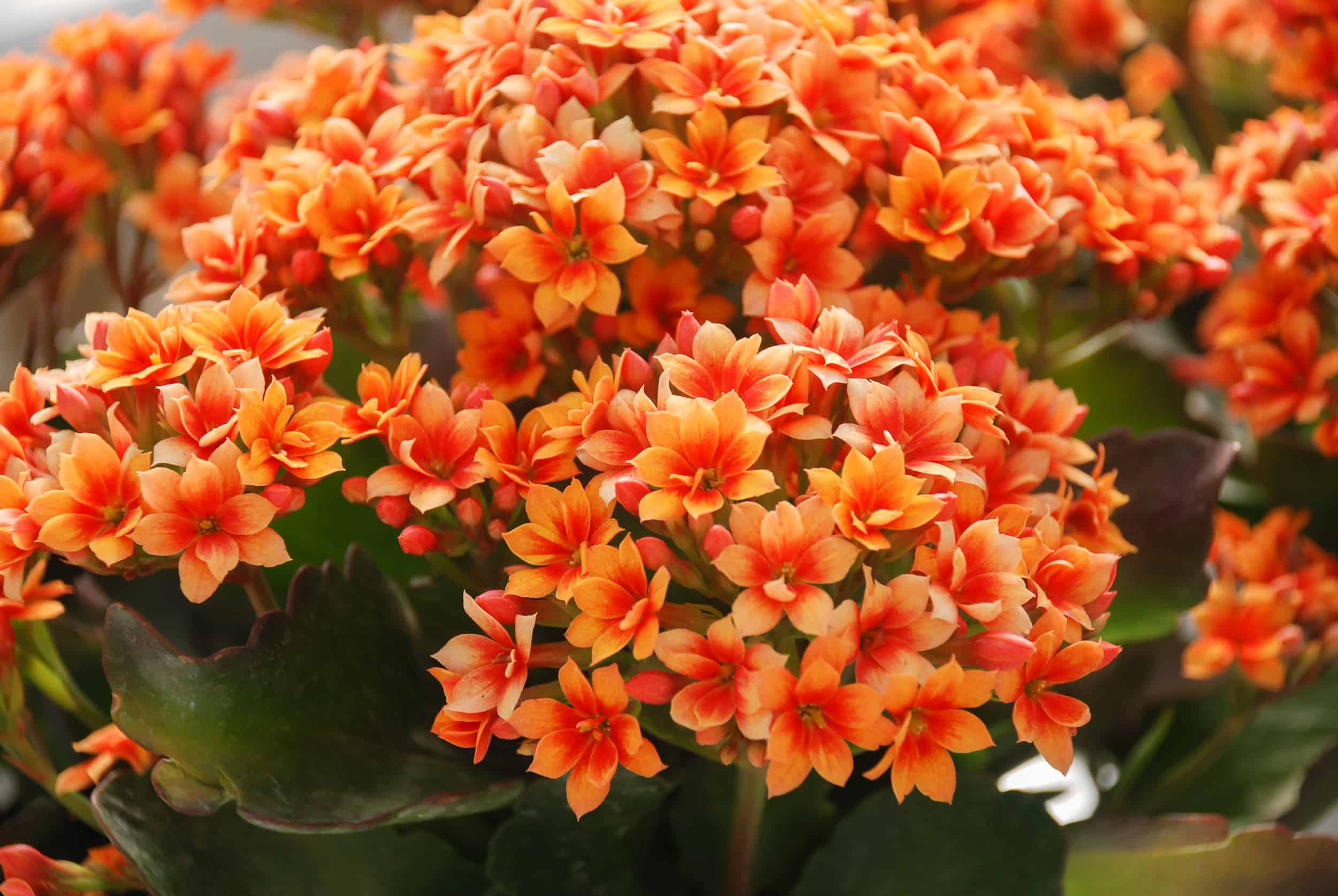
What Is a Kalanchoe Plant?
Kalanchoe plants are a type of plant that belongs to the succulent family. There are 125 known Kalanchoe varieties, with the most popular being the Kalanchoe blossfeldiana. The plants vary significantly in appearance, but most display brilliantly colored flowers, which makes them so charming. . The flowers bloom in bunches and range in colors from pink, red, white, orange, or yellow.
As members of the succulent family, Kalanchoe have the typical thick leaves and numerous stems. The plants vary in size, with most reaching up to one to two feet in height and width. However, some treelike species can grow up to 20 feet tall. Kalanchoes bloom for about eight weeks from late autumn to late winter and, as a result, are often seen with other festive houseplants around the holidays. Take note – kalanchoes are potentially toxic to pets and should be kept well out of their reach.
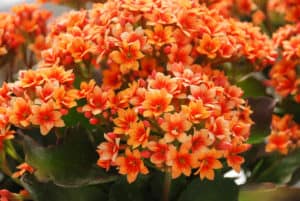
Why Kalanchoes Make Great Houseplants
Kalanchoe plants are easy to maintain, and they are loved for their many colorful flowers and unique shapes. Due to their low maintenance requirements, they make ideal houseplants. While the most common and easiest to care for, Kalanchoe is the Kalanchoe blossfeldiana, other popular and beautiful varieties include:
- The panda plant (Kalanchoe tomentosa).
- Paddle plant (Kalanchoe thyrsiflora).
- Mother of thousands (Kalanchoe daigremontiana).
These Kalanchoe plants are ideal container plants and grow well indoors when properly cared for.
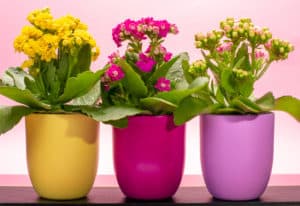
How to Care for Kalanchoes
Kalanchoes originate from tropical and humid climates, so despite the fact they usually bloom in winter, it is best to keep them in 60-85 degree temperatures as they cannot withstand cold temperatures. If your Kalanchoe has not bloomed yet, ensure it is in a location that receives a significant amount of sunlight. Keep bloomed Kalanchoes in a place where they receive moderate sunlight will keep the flowers blooming longer.
As with most succulents, Kalanchoes do not require as much water as other houseplants. Every few days, check to ensure the soil surface levels are dry before watering the soil to avoid overwatering and leaving water blemishes on the leaves. To encourage blooming, use a clean pair of scissors and cut away smaller blooms at the base of a cluster.
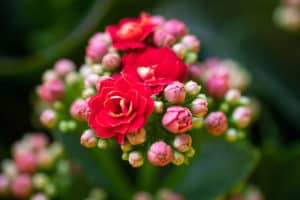
Interesting Facts About the Kalanchoe
- Kalanchoe plants originate from Southeast Asia and southern Africa and are most prevalent in Madagascar.
- They were brought to Europe from Madagascar around 1930 by a German man named Robert Blossfield, who is the namesake of the most common Kalanchoe plant, “blossfeldiana.”
- The name “Kalanchoe” comes from the Chinese phrase “Kalan Chau,” which translates to “that which falls and grows,” in reference to the way it spreads.
- Kalanchoe plants symbolize endurance and lasting affection because of their long-lasting period of blooming.
- A unique characteristic of Kalanchoes is they have new cells growing on the interior part of their petals which helps make them bloom. These cells also grow on the petal’s exterior to help the flowers close.
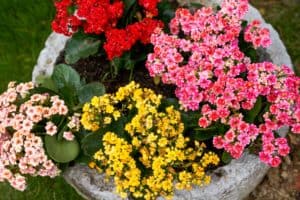
How to Get a Kalanchoe to Rebloom
The Kalanchoe is known as a “short-day” plant, just like the Christmas cactus, so to get your kalanchoe to rebloom, you’ll need to expose it to lower light levels that mimic shorter days. . Time this with the changing of the seasons as the days get shorter in the late fall. Over the course of a month, begin watering the plant less, if at all. Expose the plants to only eight or nine hours of light a day. Then, put it in a closet in complete darkness for the rest of the time. Once you start to see flower buds, move the houseplant back to its bright light position, and resume watering the plant as you would normally.
